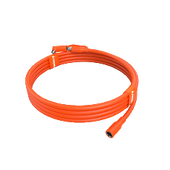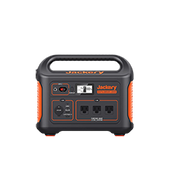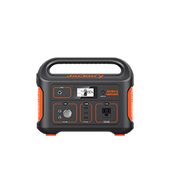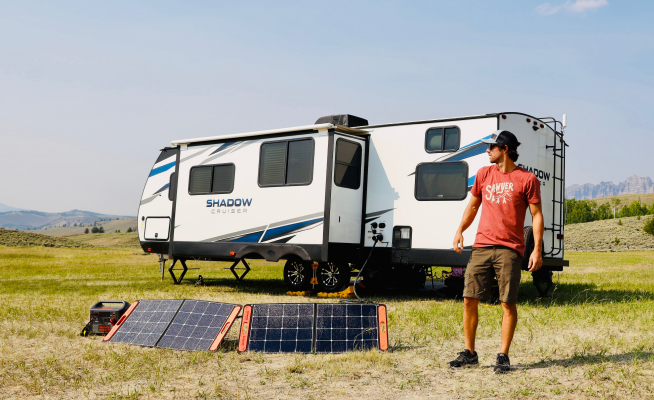All You Should Know About Battery Capacity
The battery is an essential component in any energy storage configuration, such as a solar energy system. One of the most important aspects of a solar storage battery that you must pay attention to is the battery capacity. Battery capacity is the total amount of electricity a battery can store and generate from the electrochemical reactions within it.
What is a Solar Battery?

A solar battery is a storage device that stores the energy harnessed from sunlight via solar panels for use when required. It powers solar energy systems at night or when sunlight is not intense enough for solar panels to generate electricity. Solar batteries can be used to power home appliances, recreational devices, or electric vehicles.
A solar battery works through chemical reactions that cause electrons to flow through an electrolyte in the cell. The battery charges and stores electricity through the accumulation of free electrons. Solar batteries have multiple cells connected in series or parallel to increase their voltage (power output) and capacity. There are four main types of solar batteries, including lithium-ion, lead-acid, nickel-cadmium, and flow batteries.
What is Battery Capacity?

Battery capacity measures the amount of electric energy a battery can accumulate during charge, store during open circuit stay, and reversibly release during discharge. Battery capacity is expressed as Ampere Hours(Ah) or Watt Hours(Wh).
Understanding battery capacity is vital since it determines how much power your battery can store and the energy it can deliver during discharge. The capacity of a battery depends on several factors, including the number and size of plates in its cells, the density of the electrolyte density, electrolyte temperature, and the battery's age.
What Is Battery Reserve Capacity?
Battery reserve capacity(RC) refers to the time a battery can consistently supply power without dropping to a specific voltage. RC is measured in reserve minutes and is used to determine how long your battery can run consistent loads before it needs to be recharged. You can calculate RC from Ah and vice versa.
RC is an important specification to understand if you intend to discharge your batter for longer periods. It determines how your battery performs under sustained loads and how much power you can leverage from the battery, which can impact your battery's lifespan. Compared to battery capacity, battery reserve capacity provides a more accurate measurement of the performance of your solar storage battery.
How To Measure Battery Capacity
You can use battery capacity tests to measure your battery's capacity. The most common method of measuring battery capacity is in units of Ampere Hours (Ah or mAH). It can also be measured in Watt Hours(Wh). This measurement reflects the electric energy stored in the battery at any given time. You can use a battery capacity.
For instance, if a battery has 2500 mAH capacity and supplies an average current of 20 mA to a load, you can expect the battery to last 125 hours, in theory. Note that the way you discharge the battery can impact its actual battery life. Discharging your battery at the recommended rate helps it deliver close to its nominal capacity.
How To Calculate Battery Capacity For Solar System
If you have an off-grid solar energy system, determining the battery capacity you need to make the most out of the system is important. Generally, the solar battery capacity should be enough to supply your energy needs at night, during cloudy days, or during blackouts.
Your solar panels should also be able to charge it up to the required capacity. Several important factors to consider in this regard are your solar panel size, charge controller ratings, inverter ratings, maximum wattage needs of your home, and more. Fortunately, there are tools available online that enable you to make the right calculations depending on your energy needs.
How To Decide Which Battery Specs Matter For Your Needs

If you're looking to make the most out of your solar energy configuration, a quality solar battery is a must. Solar batteries are manufactured differently. There are many battery technologies, types, and features to consider. It's important to understand which specifications matter for your needs to make the best choice.
Power RatingSolar batteries can be classified by their power rating. The power rating measures the maximum amount of energy that can be stored or power that can theoretically flow out of the battery at any given instance. It is expressed in kilowatts (kWh). A battery with a high-power rating can power multiple appliances at once.
Battery Size/Usable Storage CapacityUsable storage capacity is the amount of energy you can actually use. A battery's size determines its usable storage capacity. A larger battery has bigger and more plates in its cells, translating to a higher amount of active substances that store energy. Other factors that affect a battery's storage capacity include usage, temperature, and age. The Jackery Explorer 2000 Pro is a power station that offers excellent usable storage capacity delivering 2160Wh for all your off-grid needs.
Roundtrip EfficiencyRound trip efficiency is the percentage of electric energy put into storage that is handed back later. It is a good measure of the efficiency of the storage technology. A solar battery with high round-trip efficiency losses less energy during the storage process. Factors including temperature, depth of discharge, and charge rate affect a battery's round-trip efficiency.
Battery LifetimeBattery lifetime or lifespan refers to how long you can use the battery before you need to replace it. Various factors play a role in determining the lifespan of a solar battery, including the battery technology, depth of discharge, cycle life, and environmental conditions. The Jackery Explorer 2000 Pro is a reliable and long-lasting solar power station with up to 1000 life cycles and a 3-year warranty.
Safety FeaturesManufacturers include various safety features when designing robust solar batteries. Safety features focus on preventing damage to the battery, ensuring the safety of the users, making the battery resistant to environmental elements, and ensuring its longevity. Notable safety features to look out for include temperature monitoring and over-discharge protection.
How Many Solar Batteries Do You Need To Power Your Home?

There are several considerations that can help you determine how many solar batteries you need for your home. The first step is determining your maximum daily wattage needs( measured in watt-hours). The next step is multiplying this number by the number of days of energy you need your battery to store.
For example, if your household uses about 20kWh of power per day. You will need four 10kWh solar batteries(40 kWh) if you want a two-day power backup. Alternatively, you can invest in a Jackery solar generator with solar panels and a portable power station. This compact solution offers quick and reliable access to a backup power source in case of blackouts.
Conclusion
Battery capacity is crucial to your solar storage solution since it determines how much energy you can store and leverage from your configuration when needed. Understanding the nuances of solar batteries, power storage capabilities, battery technology, and the essential battery is vital to get the most out of solar battery and backup energy configurations.
Jackery is a leading provider of best-in-class solar and portable energy products and accessories. Feel free to browse the Jackery catalog to access to-quality solar utilities to cater to your off-grid and backup power needs.
Disclaimer:
The runtime mentioned for appliances powered by Jackery is for reference only. Actual runtime may vary under different conditions. Please refer to real-world performance for accurate results.











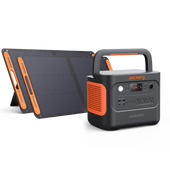

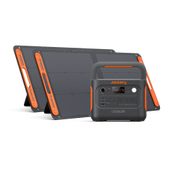
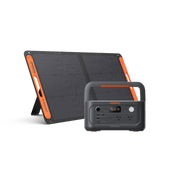
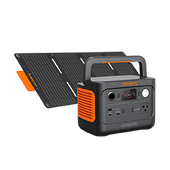


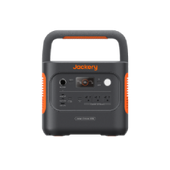
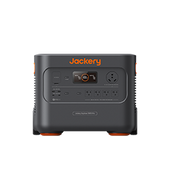
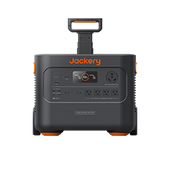

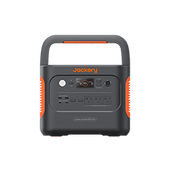
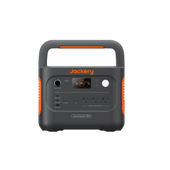
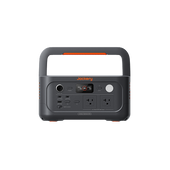

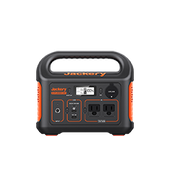
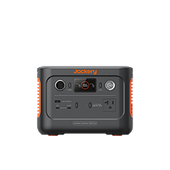

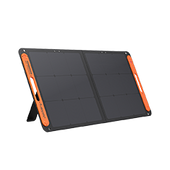


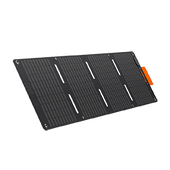
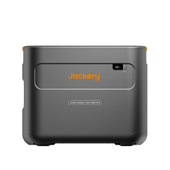
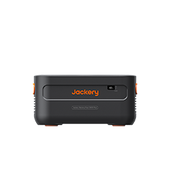
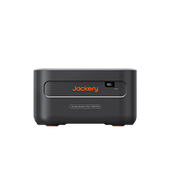
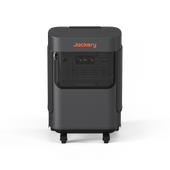
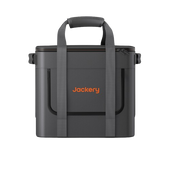

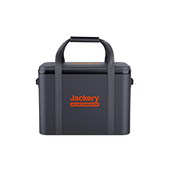
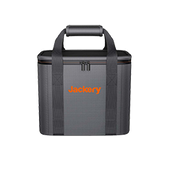
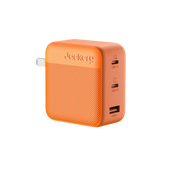
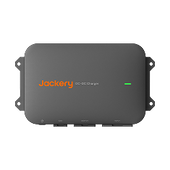
![[Add-on] Jackery Manual Transfer Switch for Explorer 5000 Plus](http://ca.jackery.com/cdn/shop/files/add-on-jackery-manual-transfer-switch-for-5000-plus-240V.webp?v=1757043692&width=170)
